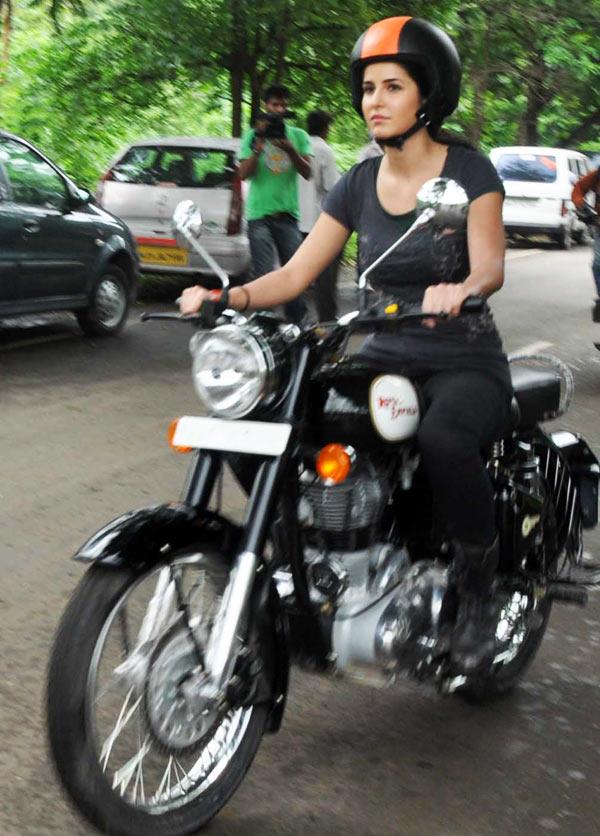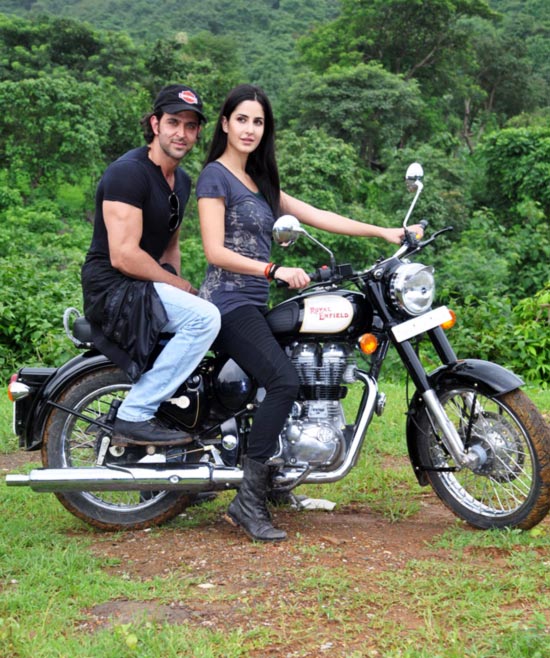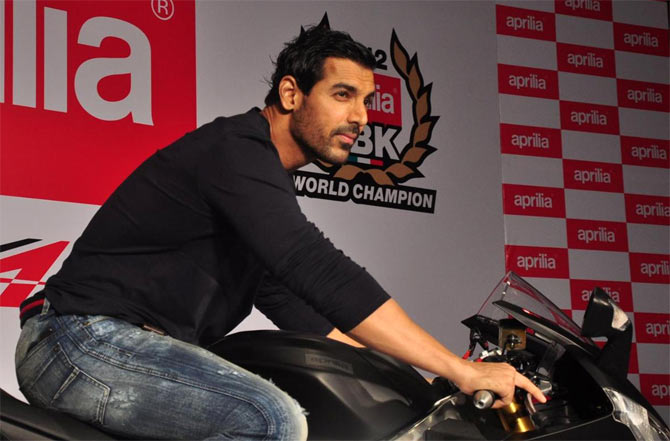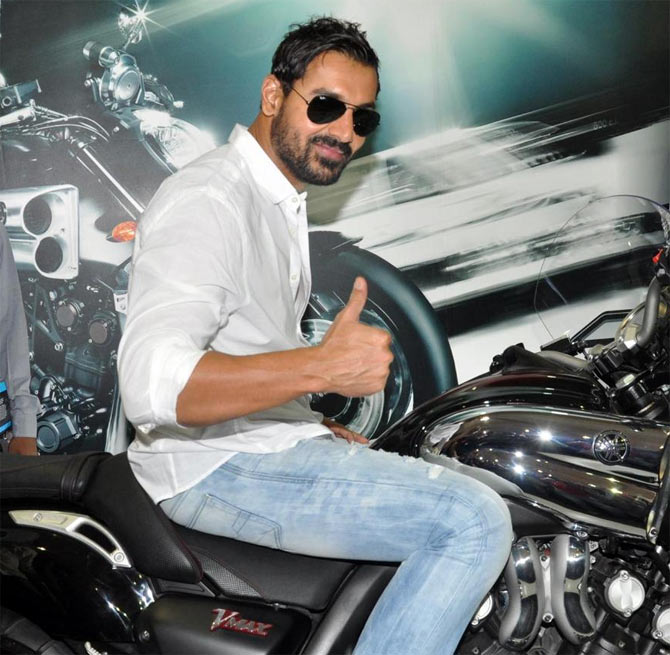
A few tips on the basics of body positioning while riding your bike
Whether you ride to live or live to ride, the fundamentals of riding a motorcylce are the same... and most people have them completely wrong. In most situations it's easier and wiser to learn from someone with a certain degree of experience. However in this particular situation the experience of more conditioned riders can be misguiding.
Thousands of kilometres on the road have trained their muscle memories to retain complicated riding mechanics. Hence, certain concepts such as counter steering and body positioning can be brushed of as simply as, "Just relax and point the bike in the direction you want it to go". Coupled with a few bad habits every rider picks up along the way, this can be a little disconcerting for a newbie.
So whether you're starting from scratch or you're a regular roadie who's wondering why you still have that back ache that won't go away, here are a few tips on the basics of body positioning.
The correct body position depends on one key factor -- your shape and size in relation to that of your bike, especially where you place your upper body and arms when seated. For example the way you would be seated on a sports bike would be completely different to a cruiser.

Seating
The purpose of your seating is to lock you onto the bike. What this means is you should not need your arms to stay on the bike once you are seated properly. This allows you to manoeuvre and turn with your shoulders, brake and accelerate more conveniently and stay in a stable position.
The best way to ensure a proper seating position on a standard or a sports bike is to stand up straight on the foot pegs and sit back down. Wherever you land is the proper seating position for you. For larger cruisers the foot pedals are situated towards the front of the seat. This makes seating even easier.
Wherever you can sit and reach the pedals easily while still bending your knees slightly is the correct sitting position on that respective bike.

Arm position
Have you ever noticed a novice sports bike rider sitting upright with arms pointed straight down towards the handle bars? This is the worst position for your arms, making it difficult to properly control the bike. First, look for the pivot points on your handle bars.
The proper arm position for any bike involves having your elbows at/slightly below the level of the handlebars so that your forearm is parallel to the ground (or bent slightly upward).
You have least resistance and most control in this position since the bars feel the lightest and respond more accurately to your steering inputs.

Torso
Once you have corrected your seating and arm position, the next step should come intuitively -- your torso position. Hold up your torso without putting any weight on the handlebars. Keep in mind that you can't steer something accurately while using it to hold yourself up at the same time. Also, when your arms are relaxed they act as shock absorbers diffusing the strain from bumps and pot holes. When they are holding up your weight you're putting direct strain on your joints leading to sore wrists and a bad neck.
A lot of people ride for years without even realising some of these basic mistakes, however bad habits are better avoided than unlearned. The correct riding position offers total control over the motorcycle, making it far easier to make turns and emergency manoeuvres without shifting your body position. This allows you to just concentrate on the road and not on your balance.
If you watch professional motorcyclists on the racetrack, you'll notice that there are 3 or 4 basic positions that they lock into for different types of turns or straights. They lock into these positions way before entering a turn, and once they lock in, they don't move around much until it's time to lock-in to another position.
For street riding there is only one position you need to lock into. Sport bike riders or siders who have clip-ons will have a low riding position since they need to get their elbows at/slightly below the hand grips in order to be in a proper position. Standard riders will be able to sit taller in order to have that proper position for their taller bars.
Each rider is unique so you'll have to do a little experimentation for yourself to find the right comfort zone. If you get these basics down though, you shouldn't face too much trouble. After all, may be the age old adage, "As easy as riding a bike" might not just be a crazy simile!